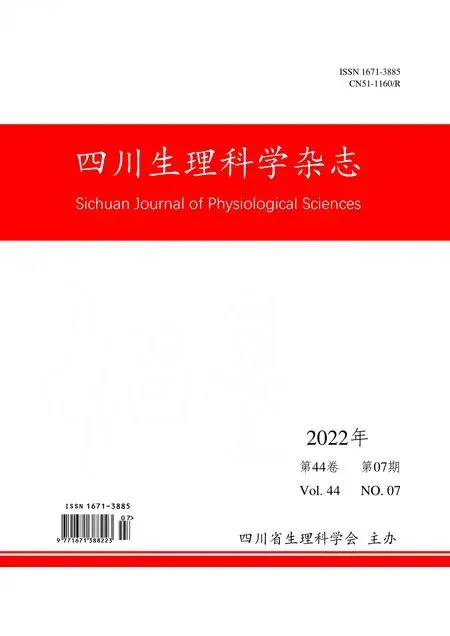Recombination of repeat elements generates somatic complexity in human genomes
2022-12-07GiovanniPascarellaetal
Giovanni Pascarella, et al.
Non-allelic recombination between homologous repetitive elements contributes to evolution and human genetic disorders.Here, we combine short- and long-DNA read sequencing of repeat elements with a new bioinformatics pipeline to show that somatic recombination of Alu and L1 elements is widespread in the human genome. Our analysis uncovers tissue-specific nonallelic homologous recombination hallmarks; moreover, we find that centromeres and cancer-associated genes are enriched for retroelements that may act as recombination hotspots. We compare recombination profiles in human-induced pluripotent stem cells and differentiated neurons and find that the neuron-specific recombination of repeat elements accompanies chromatin changes during cell-fate determination. Finally, we report that somatic recombination profiles are altered in Parkinson's and Alzheimer's disease, suggesting a link between retroelement recombination and genomic instability in neurodegeneration. This work highlights a significant contribution of the somatic recombination of repeat elements to genomic diversity in health and disease.
杂志排行
四川生理科学杂志的其它文章
- Analysis of somatic mutations in 131 human brains reveals aging-associated hypermutability
- ADAR1 averts fatal type I interferon induction by ZBP1
- What is a cell type and how to define it?
- The molecular epidemiology of multiple zoonotic origins of SARS-CoV-2
- Impaired ketogenesis ties metabolism to T cell dysfunction in COVID-19
- Measuring contraceptive method mix, prevalence, and demand satisfied by age and marital status in 204 countries and territories, 1970-2019: a systematic analysis for the Global Burden of Disease Study 2019
